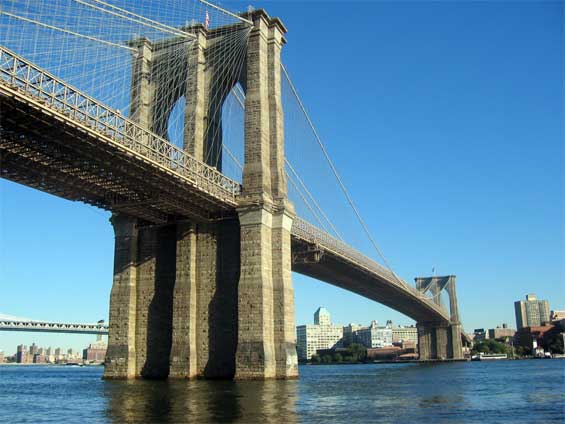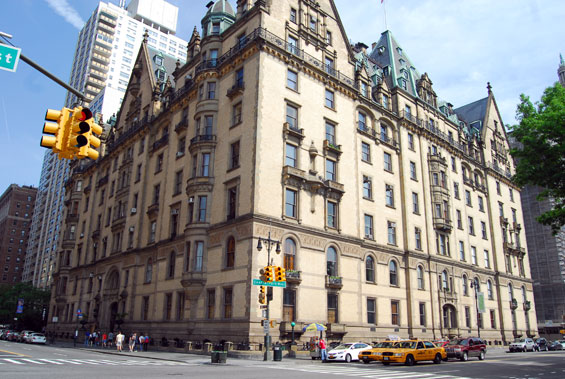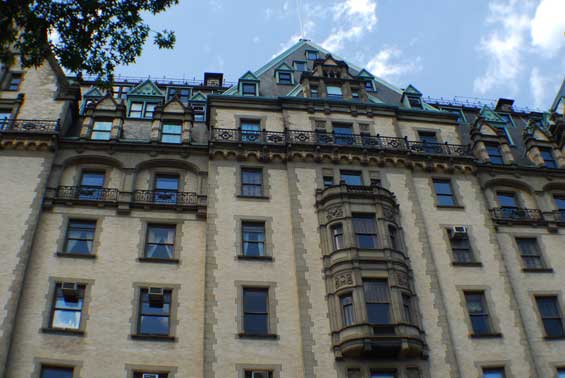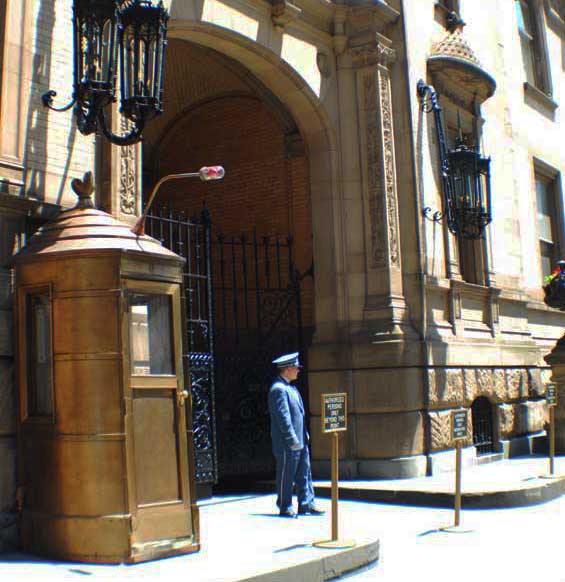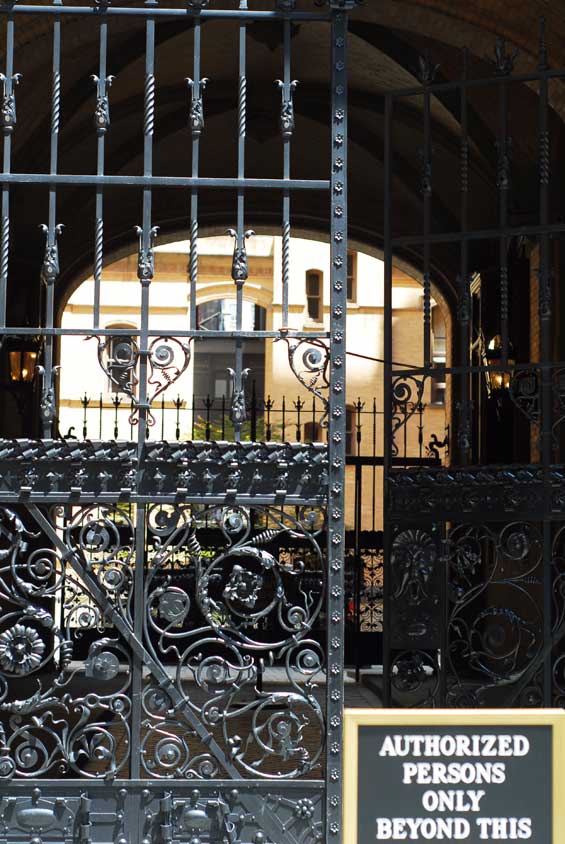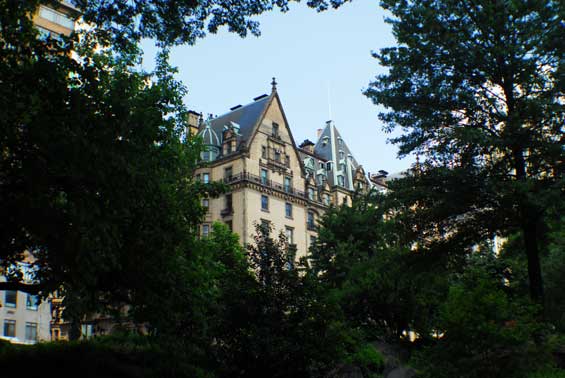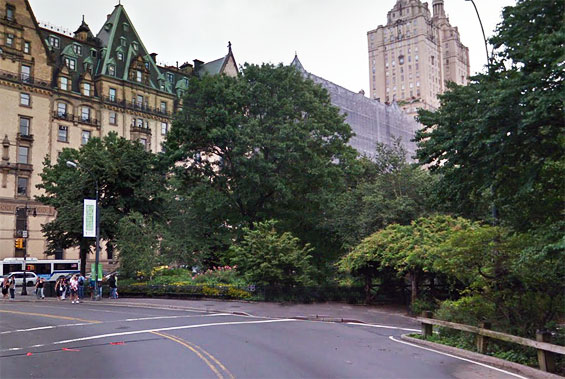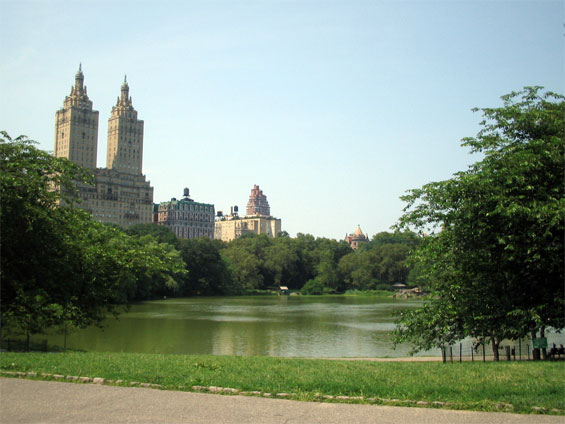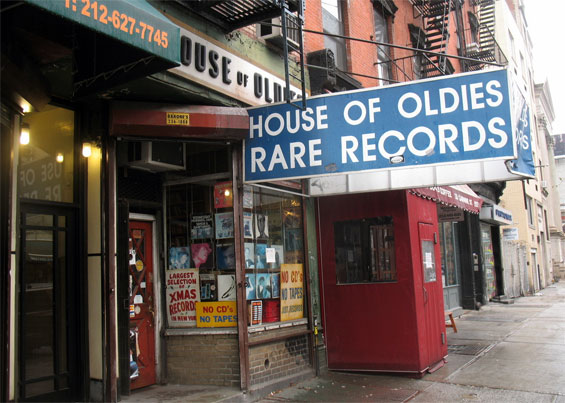Chapter 27 (2007) |
Last Updated: July 2023 |
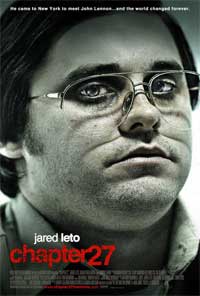 |
On December 8, 1980, Mark David Chapman (Jared Leto) shocked the world by murdering the beloved purveyor of peace, 40-year-old musician and activist John Lennon, outside The Dakota, his New York apartment building. Chapman's motives were fabricated from pure delusion, fueled by an obsession with the fictional character Holden Caulfield and his similar misadventures in J.D. Salinger's Catcher in the Rye. In one instant, an anonymous, mentally unstable 25-year-old, a socially awkward Beatles fan who had fluctuated btw idealizing Lennon and being overcome with a desire to kill him, altered the course of history. |
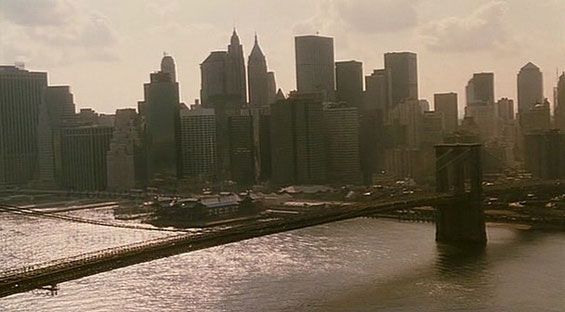
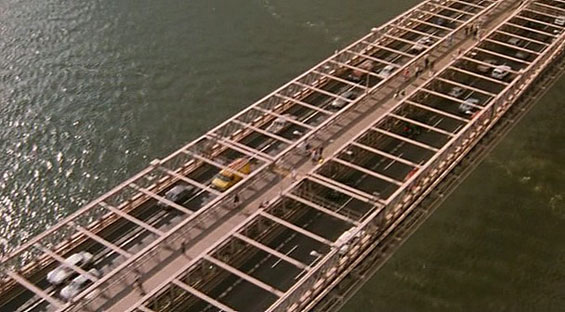
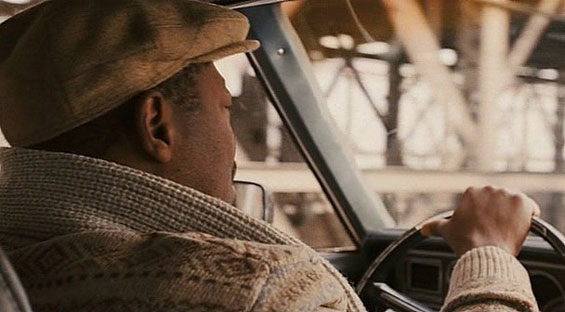
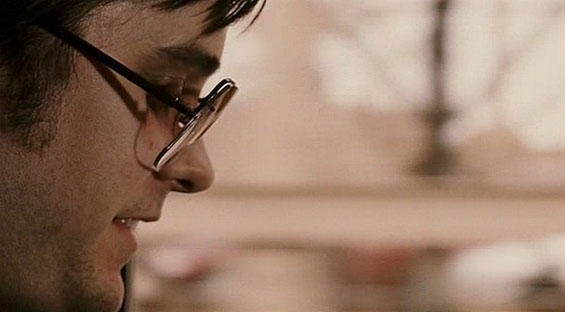
|
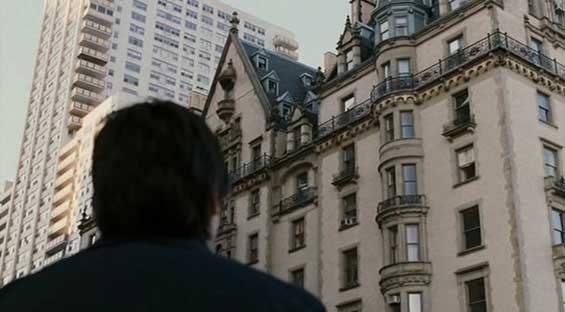
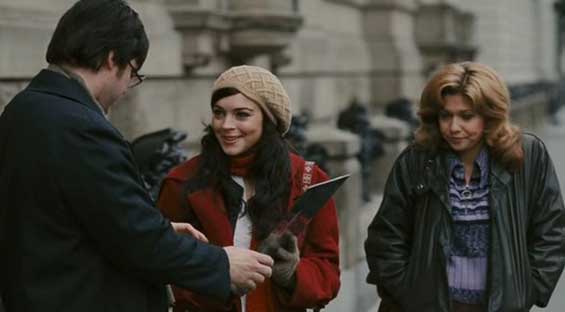
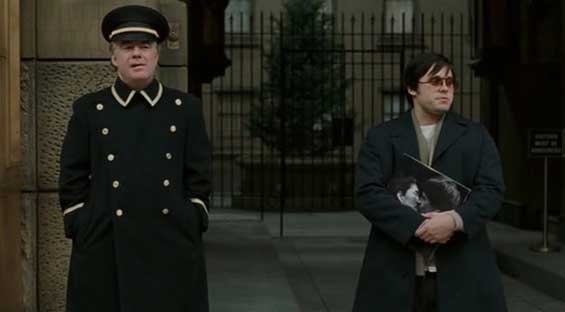
|
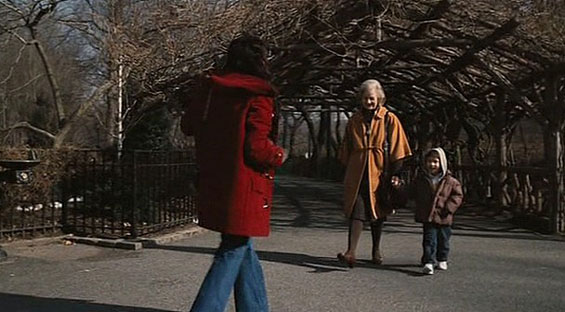
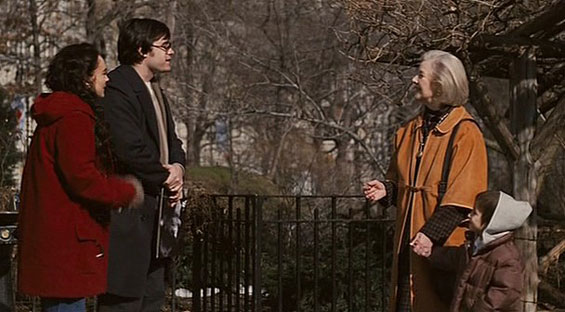

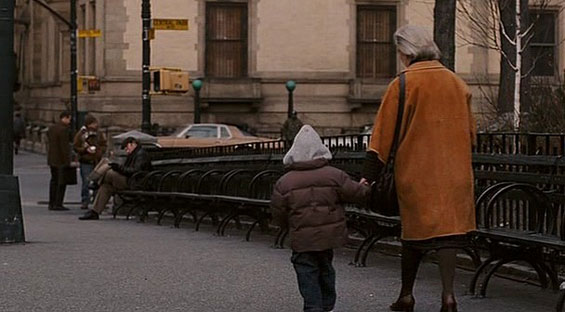
|
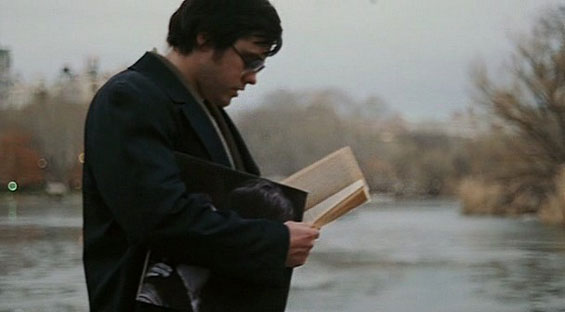
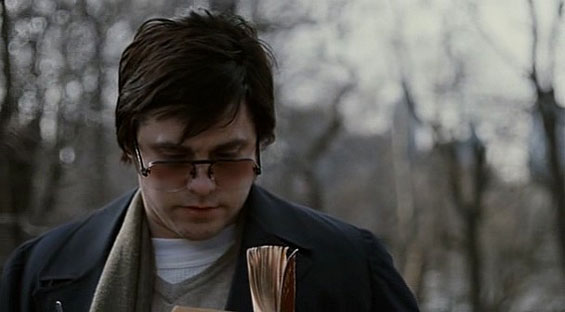
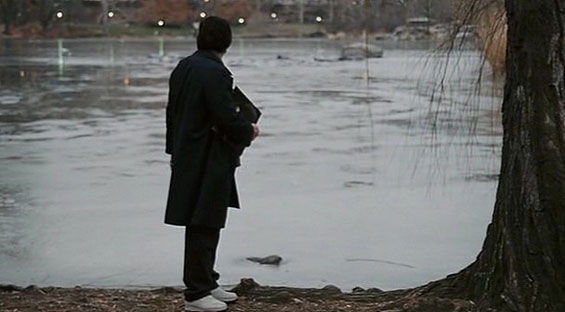
|
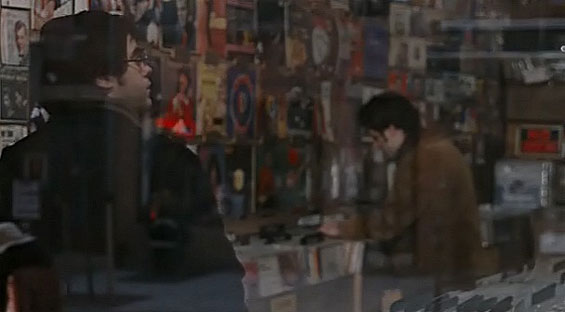
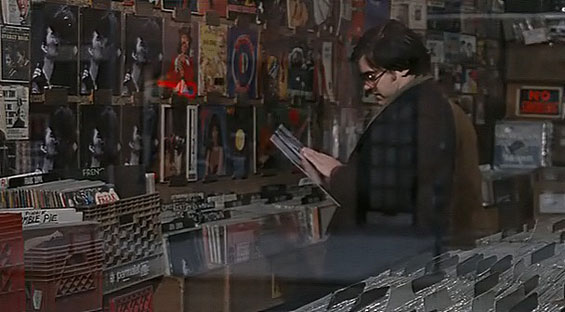
|
Quick Links
Chart Listings
Disclaimer
All images that appear on the site are copyrighted to their respective owners and otsoNY.com claims no credit for them unless otherwise noted. If you own the rights to any of the images and do not wish them to appear on the site please contact us, and they will be promptly removed.
|
2009-2026 onthesetofnewyork.com | Film Locations | Picture Gallery | Privacy Policy | Disclaimer | Contact |
Donations for hosting |
|

